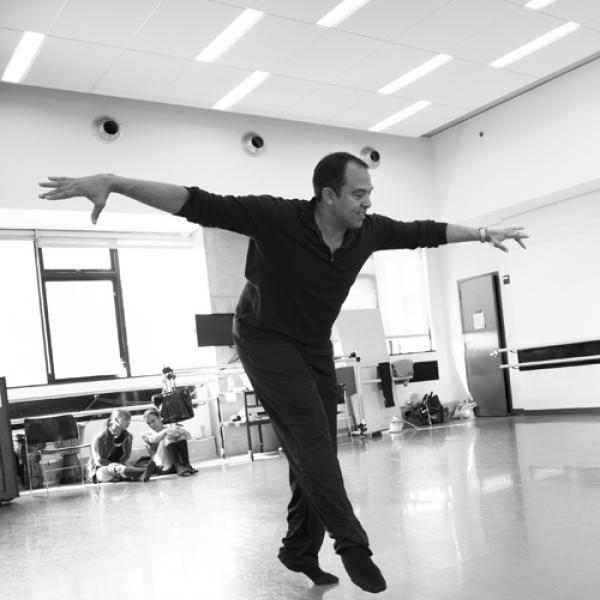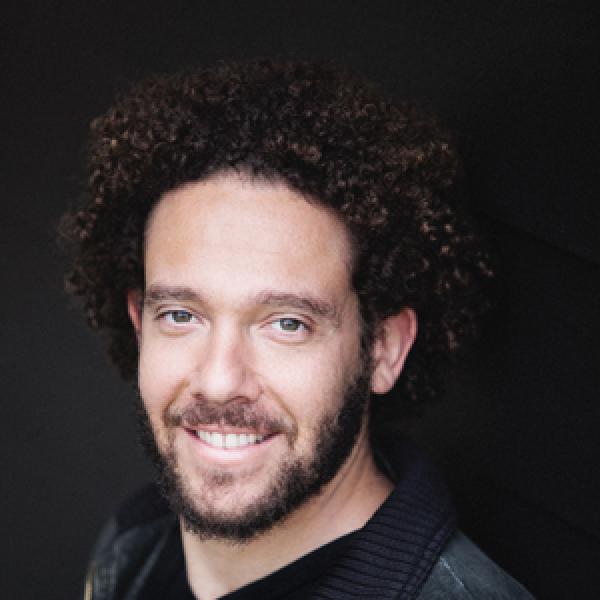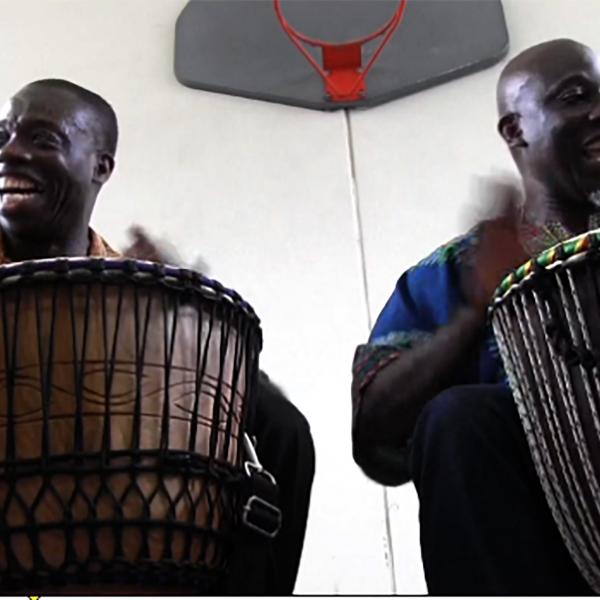Irvin Mayfield
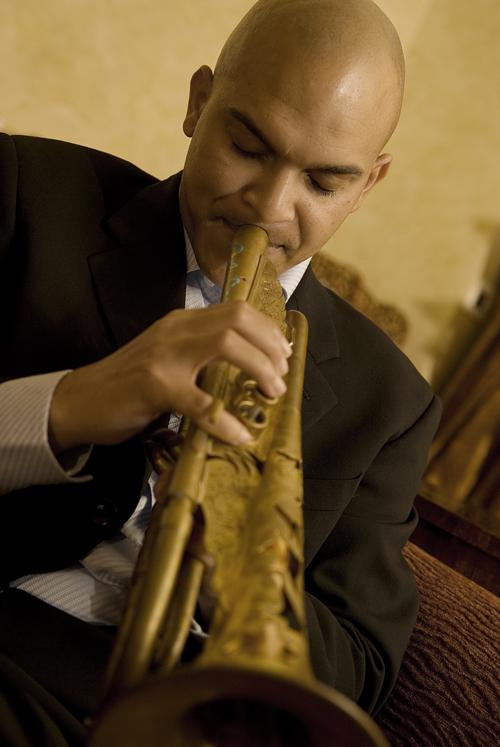
Few cities are as tied to a particular art form as jazz is to New Orleans. And few jazz musicians are as tied to New Orleans as Irvin Mayfield. A trumpeter, bandleader, composer, and member of the NEA’s National Council on the Arts, Mayfield has influenced the New Orleans community as much as it has influenced him, forming a sort of revolving door of inspiration. Among his many achievements, he founded the New Orleans Jazz Orchestra (NOJO) in 2002, owns two jazz clubs, has composed several pieces for city institutions, and teaches “New Orleans as Discourse” at the University of New Orleans, where he also founded the New Orleans Jazz Institute. But community is a fluid concept, and his definition—not to mention his accomplishments—extend far beyond any geographic city limits. As he points out, places wouldn’t exist without the people who built and populate them; it is this larger human community that Mayfield considers to be the central foundation of life. In his own words, the musician discusses what community means to him.
What is Community?
I think [community] is a word that is overused. I think it is a word that is underappreciated and undervalued. It has become one of those words where people just assume it means bringing people together or people being together. Community is much deeper, much more profound, and much more provocative than that. Being in New Orleans, we know that music brings community together. We know that good food can bring community together. We know that the design or the architectural structure of a thing can bring a community together. For instance, in New Orleans we have brick yards, and we’ve always had brick yards all the way back to the early 1800s, late 1700s. We always plan to use the outside as much as we use the inside.
[But] if we are still thinking of cities as actual limits of technical measurements, we’re really missing out on the opportunity to make a city what it truly is. City is just a group of people. I can’t separate the human out of any of this.
We can sit around and talk about New Orleans like it’s a city. But it is not the music, the food, or architecture. It’s the people who made them. There have been scores of articles written about the vibrancy of Louis Armstrong’s personality. There’s been a lot written about the cockiness and interestingness of Jelly Roll Morton. These are people, everyday people, who were extraordinarily talented—some of the world’s most creative geniuses. They were in an environment that allowed, and spurred, and created that.
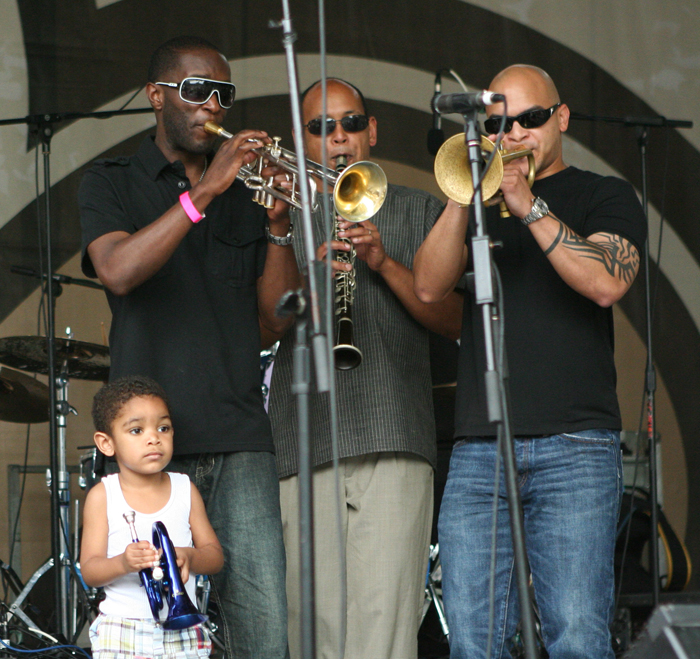
Making Communities Magical
All art enhances the community. I don’t know how art cannot do that. Just the fact you’re trying to do that improves your community. You don’t even have to so much accomplish it. One of the things I love about jazz musicis that intent is first and execution is second. In classical music, execution is first and intent is second, meaning that you must first learn a piece before you can truly add your interpretation to it. But in jazz, you can just interpret. Sometimes your interpretation can be so great that even if you didn’t execute it [well], people can feel the intent.
The arts are probably the most realistic tool we have to think about the reality of life and also the imagination and creativity of life. I think we have gotten to a point as Americans, unfortunately, where we take for granted the magic that life brings, and that life is really special and every life matters. We tend to go through life but not take the moment to step back and remember, you are here, right now, for a very finite amount of time. We have no idea, technically, what’s going to happen afterwards, and we really can’t remember what happened before. We can only see the world through our eyes. Art gives us the opportunity to remember that we’re living magic on a daily basis. When you talk to people, they deal with life as if it’s a mundane thing. Maybe it’s because we’re used to it. Maybe it’s because we’ve been taught through systems and schools that it’s really about something technical and tangible we can touch. But even the best of science, technology, engineering, and math—all those ideas at their core, are magical.
Art gives us an opportunity to not have to leave or go somewhere or do something to experience the magic in our lives. It actually gets us to sit back and be where we are and recognize we’re already magical.
Fitting into the Everyday
One of the things I want [my students] to recognize is not so much their relationship with New Orleans as the city but that community is real. Community is real in terms of dealing with the souls of folks, and souls are powerful.
I want my students to understand and be engaged with how what they’re focusing on, especially as artists, fits into everyday life. A lot of times you’ll talk to somebody about whatever their interest is. If they are majoring in engineering, their interest is strictly around engineering. Or their technical development is around engineering and then they go do something else for their leisure. I think that’s a critical mistake. It’s better to think about how engineering affects music and how music affects politics, and how politics affects communities. All of these things are going on on a daily basis and they’re all a part of the one community, which is the human community. There’s only one community really, out here.
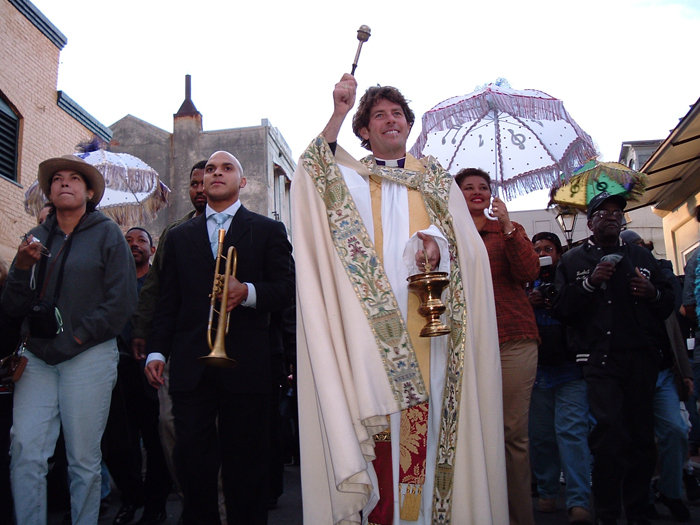
The Human Community
I don’t see myself only as a member of the New Orleans community. I see myself as a part of the human community. I see myself as a part of the community that’s trying to put things in the world that add value to people’s lives. When you listen to a recording of Louis Armstrong, or you read a play of William Shakespeare, or you see the great artwork of Romare Bearden, when you read James Baldwin or Ralph Ellison, all these folks are adding value to your life. What’s so amazing is that each one of these folks that I’ve named has been gone for some time. The power of art is that you can engage with folks who are here right now and with folks who have already gone. [Art] gives us an opportunity to affect the future.
The most powerful things would be love, beauty, and truth. When you get down to the bottom of it, they’re trying to get to the truth of our existence and our life. We’re trying to add and experience beauty and we’re trying to transfer love from one another. Being a part of a community is really all about that. Otherwise, why would you say we’re together? Together means we’re sharing. What is sharing really about? Sharing’s about giving. What’s giving about? That’s love.






